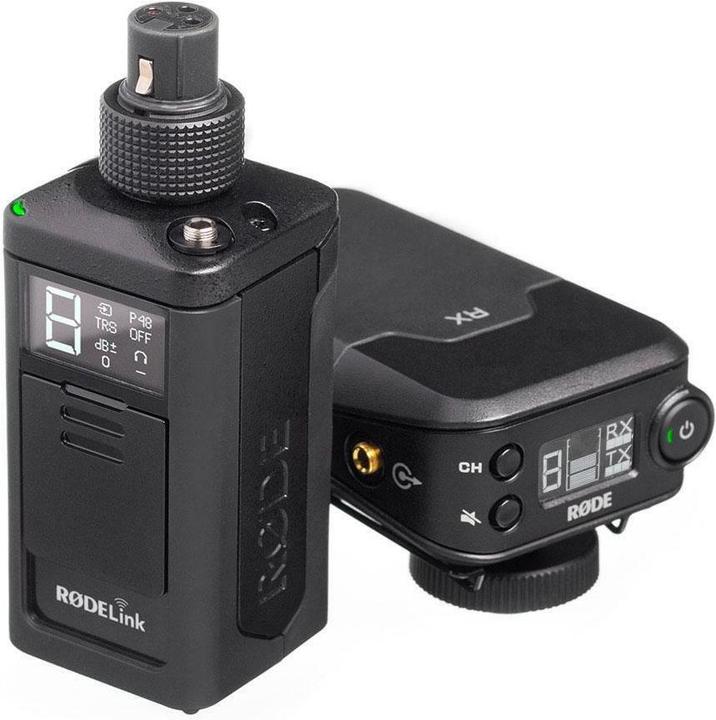

Gaffa tape: The lifesaver at the MWC
It's the little things that make your day. At the Mobile World Congress in Barcelona, we celebrate a roll of gaffa tape. The reason: without the sticky adhesive tape, we'd be in a lot of trouble.
In his debut novel, author Andy Weir put the following words into the mouth of his fictional astronaut Mark Watney, who was stranded on Mars:
Duct tape is magic and should be worshipped.
That's why we always take a roll of duct tape with us to trade fairs. Even if we never need the tape, we're glad to have it. Except that during the Mobile World Congress in Barcelona, our Gaffa tape is at home in Zurich in the cupboard with all the other used rolls.
"Let's go and buy some gaffa tape," says video producer Stephanie Tresch. We have two hours of free time before the day starts at the Mobile World Congress. A feeling creeps over her, she adds. If we didn't have tape, there would definitely be a situation where we would give up a kingdom for an inch of tape.
We make our way to the nearest camera shop, Avisual Pro, near the trade fair.
Gaffa, gaffer, gaffer's tape? Which is it now?
Gaffa tape is an everyday tool for every camera operator. Or anyone who works with light. But nobody really knows how the name is actually spelt. From Gaffer Tape to Gaffer's Tape to Gaffa Tape - our preferred spelling - everything can be found online. But both professionals and amateurs agree: Gaffa Tape is magic and should be worshipped. The tape is magical and should be worshipped.
Gaffa tape has little in common with conventional Sellotape, carpet tape or armoured tape. Both the adhesive side and the top side of the tape differ drastically from conventional tape. I'm sure that neither you nor I would ever have believed that we would see each other in an article about adhesive tape. But believe me, it's actually a lot more fascinating than it might seem.
Mainly because it saved us at 1 a.m. in the middle of the night shift.
But first a little etymology. The origin of the name "Gaffa Tape" is unknown. It is thought to derive from the occupational term "gaffer". A gaffer is the head of lighting on a film set. So it makes perfect sense.

The top side of the gaffa tape consists of a fabric-like substance. This is good because you can write on it if you are in doubt. If you use the tape as most professionals do and use it to attach cables to a stage floor, then sometimes notes on the tape help.
The tape we usually have with us is matt black, however, as this is probably the most common colour. Gaffa tape is nice because you can easily tear it by hand, but it can withstand a hell of a lot. It sticks really well, but is easy to remove again without leaving any major marks.
Whoever invented gaffa tape has a beer to their name from us.
The lifesaver in Spain
I should learn to trust Stephanie's intuition. Because her feeling of "I'm sure it'll come in handy this time" turns out to be more than just the ravings of an overtired video producer.
Our microphone is struggling.
We always use a Sennheiser MD-46 microphone at trade fairs and on outdoor assignments, which we equip with a Rode Newsshooter kit.

We connect the transmitter to the bottom of the microphone, screw the cap shut and that's it. That should actually hold. But we've been using the MD46 for almost a year now, several times a week. It's starting to show signs of wear and tear. In the middle of the Samsung press conference, it no longer really wants to make the connection between the microphone and transmitter. Loose contact. Crap.
"I can only hear you choppily," says Stephanie. There's fear in her voice.
We talk briefly about a plan B. Plan B should usually be just as good as Plan A. But in our case, it's not. Plan B is to use the on-board microphone of the Sony a7s ii. However, the camera's microphone is neither particularly clever at isolating noise nor does it have a defined direction for recording. In other words, it simply picks up everything, whether my voice or background noise, and weights all these noises equally. The result is sound that nobody really wants to hear. Sure, in an extreme emergency, the on-board microphone would do the trick, but whenever you can use an external microphone - regardless of the area of use and regardless of the camera - do it.
In short: Plan B is rubbish.

By now I'm sure you realise where the path leads. After some experimentation, I found out that the microphone no longer engages cleanly with the transmitter. Wear and tear on the microphone. Now it's glued with about 10 centimetres of gaffa tape. It's rock-solid and we have one less thing to worry about in daily use.
Gaffa tape is magic and should be worshipped.
31 people like this article
Journalist. Author. Hacker. A storyteller searching for boundaries, secrets and taboos – putting the world to paper. Not because I can but because I can’t not.